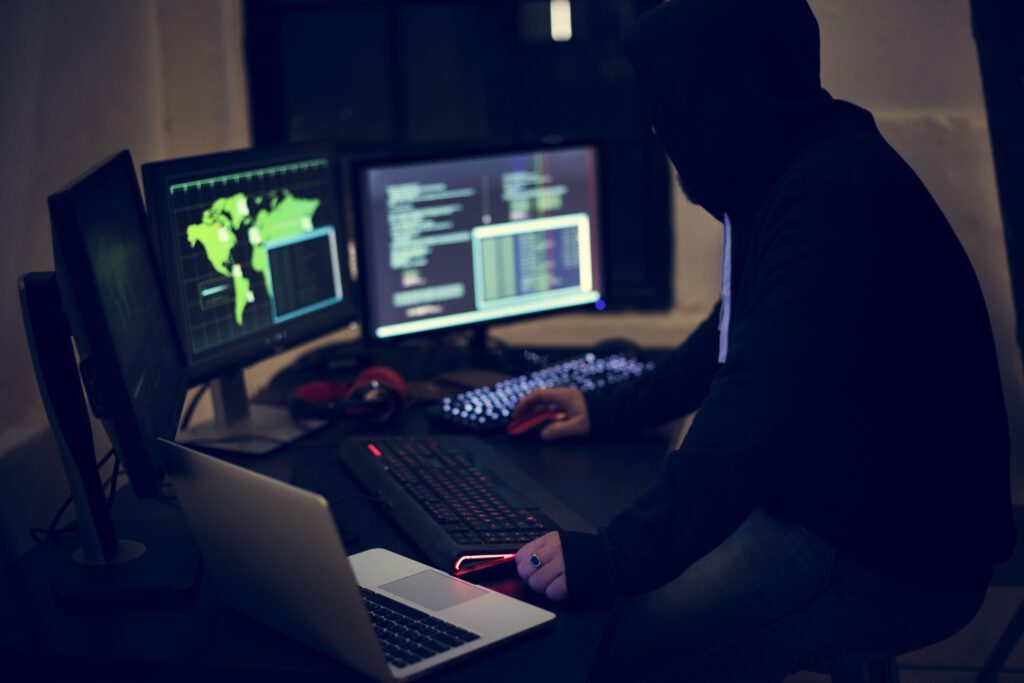Cybersecurity advice for the Education sector

The education sector has the highest rate of ransomware of all industries and the compliance environment is becoming more complex by the day. IT organizations are constantly having to adapt to new digital realities and are thus approaching the information security of the institution with even greater rigor.
But the question is how can educational institutions keep pace with security threats and challenges?
It’s not easy when students are inherently tech savvy, sometimes know more than their own IT department, and are generally unconcerned about the security and well-being of the network environment. A recent Jisc survey found that colleges are over-estimating their ability to guard against cyber attacks, and that it is even staff or students who are often responsible for university and college cyber-attacks.
Should the Educational Institutions be more proactive?
Co-chairs of the Higher Education Information Security Council (HEISC) seem to share the same viewpoint about getting proactive.
Sharon Pitt, Vice President of Information Technologies at the University of Delaware states, “We need to be more proactive in the creation of awareness training as well as our prevention, protection, and mitigation infrastructure.”
Michael Corn, Chief Information Security Officer at the University of California, San Diego commented, “We need to decide where we’re going and what our end game is. And we need to develop sustainable strategies to get there.”
Organizations need to detect, prevent, and stop threat actors before any damage is done. A proactive approach to securing critical information can significantly reduce risk of being attacked.
It’s not easy getting proactive in a target-rich environment
Regular businesses already struggle to get intelligent, adult users to pay attention and make security a priority by being aware of phishing scams, not using unsanctioned cloud services, etc. So when it comes to protecting a base of student users – who can range from the completely innocent to the absolutely sinister – and which the majority are definitely not thinking about keeping the network secure – it’s what’s known in the military as a target-rich environment.
There is also a big difference between the academic environment and the workplace environment. The culture of education promotes the freedom to exchange ideas and access information instantly for the benefit of learning. Any security measure put in place needs to facilitate both security and productivity.
With these challenges in mind, one area both large and small education institutions have seen success with is managing logons.
How can managing logons help Educational Institutions?
There are 4 main reasons why Logon Management should be part of your security strategy:
- Whether it’s a student hacking into systems using a stolen teacher’s password, or a teacher up to no good, or even an external attacker using stolen credentials, logons are the common denominator in all cyber-attacks on school and university networks
- Logon management provides the earliest of warning signs to attacks
- Logon management limits false positives
- Logon management can actually stop attacks — unlike other cybersecurity measures, which only notify the IT department of a breach (by which point the damage is often done)
There is no doubt that IT organizations in the Education sector need a proactive security strategy. They need to be able to identify when any kind of threat actor tries to hit without obstructing the abilities of faculty, staff, and students. The logon is a leading attack indicator that no malicious insider or external threat can get around.
Logon Management allows the education process to continue as normal, but with the scrutiny and control necessary to automatically shut down suspicious activity at the point of entry. Read our white paper – The case for Logon Management in Education.











Responses